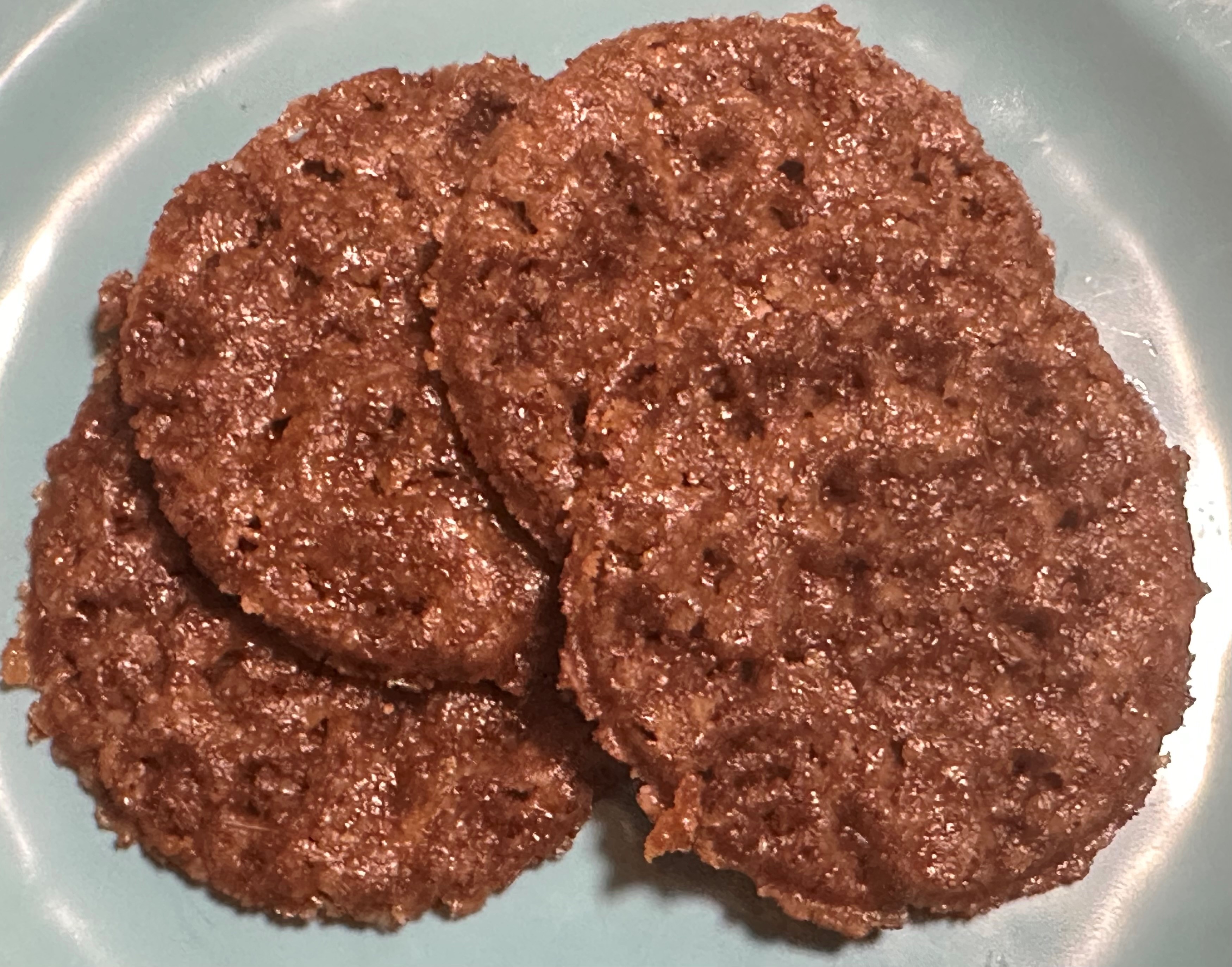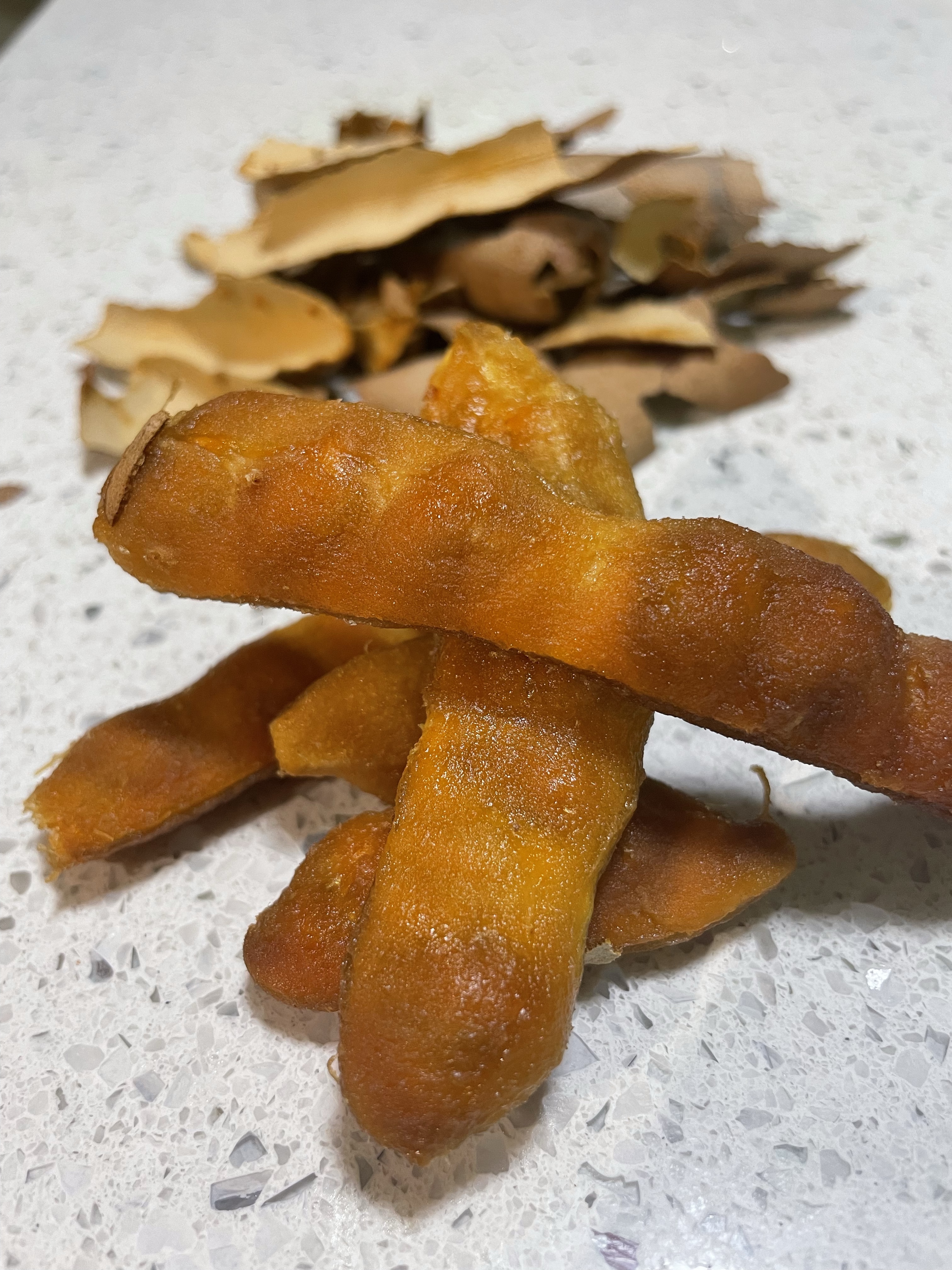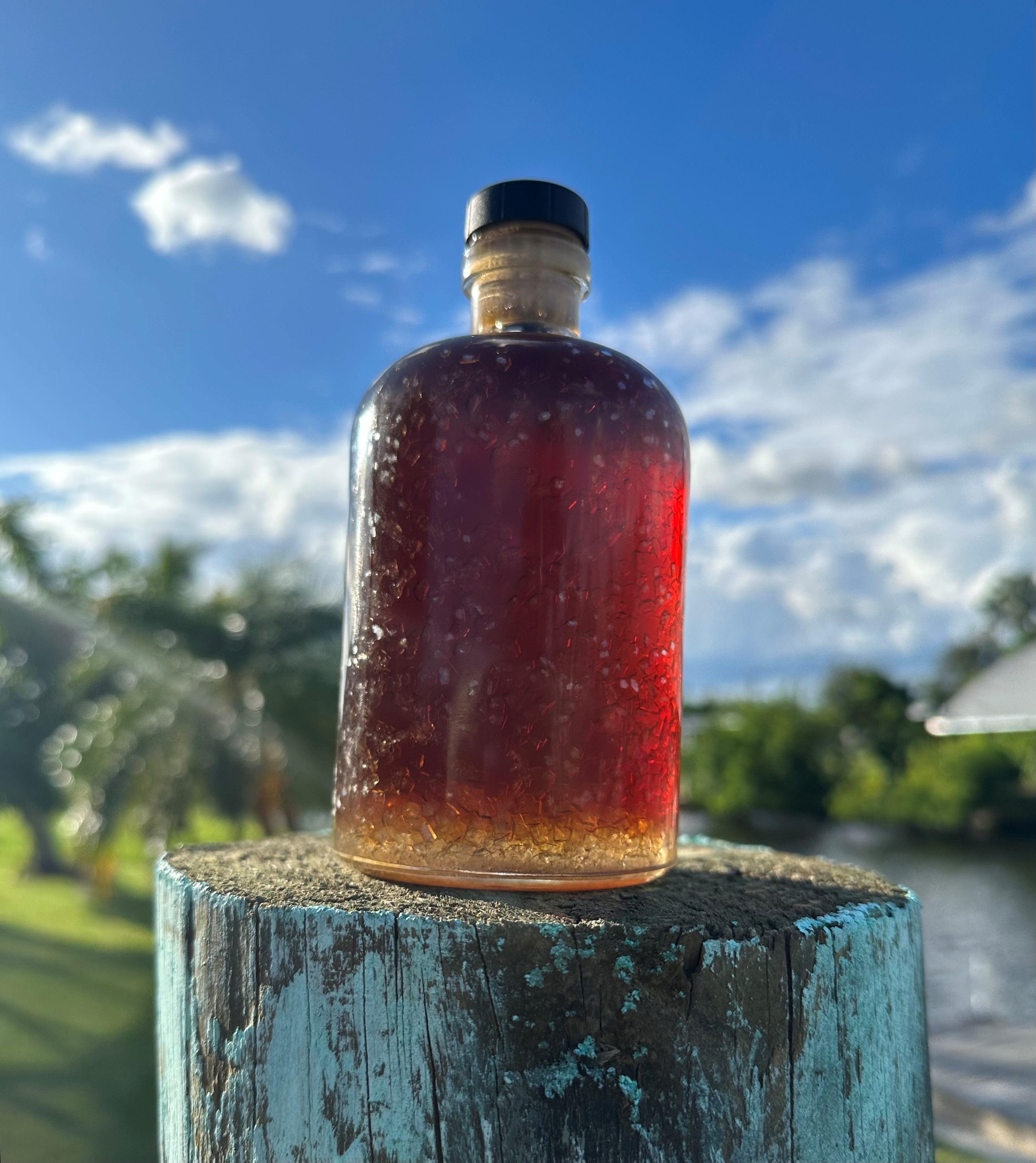Northern Red Oak, Common Red Oak, Eastern Red Oak, Mountain Red Oak, Gray Oak
Our campsite was nestled in the forest outside a little town names St. Germain with tall pines and wide oaks right outside our door. Acorns scattered around the ground and I thought that gathering some would be a suitable autumn activity.
Wisconsin has nine native oak species which can be divided into two categories: red oaks and white oaks.
- Red oak leaves have a “V” shaped sinus and lobe tips, with pointed lobe tips.
- White oak leaves have a softer “U” shaped sinus and lobe tips.
The fruit of the oak is the acorn, or oaknut. Each acorn contains one or two oak seeds in a tough protective shell that can range in color from green when immature to brown, grey-brown, reddish-brown, or black. Acorns are round or oblong with a woody hat called a cupule. The cupule can be scaly, warty, hairy, or nearly smooth. All acorns contain bitter tannins and require processing to become suitable for human consumption. Generally, red oaks have more tannin than those in the white oak family.
These acorns had fallen from the Northern Red Oak, the most abundant oak in Wisconsin. Its native range includes all of eastern United States except the most southern regions.
BOTANICAL DESCRIPTION
Deciduous tree with a mature height of 65-70 feet. The bark is dark gray to dark brown that develops wide, flat-topped, vertical ridges, or plates, with age.

Leaves are simple, 5-9 inches long, and grow alternately on the stem. Leaves have 7-9 toothed lobes that extend halfway to the midrib and sharply pointed at the tips. Dark green on the surface and paler green underneath, they turn red or brown in the fall. Flowers in the spring are insignificant.

Like all red oaks, the acorns mature after two years, dropping to the ground in late summer or early fall. The shell is smooth, stout, barrel-shaped and brown in color. A rounded, wide, “bottle-cap” shaped cupule with scales covers one-quarter or less of the nut. Without this cap, the acorn has a flat base and measures ¾-1 inches long.

TRADITIONAL USES
High in fat, carbohydrates, protein and vitamins, and shelf-stable, acorns were a traditional staple food for many indigenous people in North America. Wherever oak trees grew, acorns were harvested and then boiled, roasted, or processed into soups, porridge, and bread. The image below is from a fascinating article Past and Present Acorn Use in Native California.

MAKING ACORN FLOUR
STEP 1: COLLECTING
When gathering acorns from the ground, avoid these:
• Discolored acorns indicate a fungal infection
• Acorns with small holes in their shells have been snacked on by weevils such as the one shown below we found in ours.

STEP 2: SORTING & DRYING
First, place the acorns in water. Discard any that float as their lightness indicates that the nut inside is damaged.
Next, dry the acorns with the nuts still inside the shell by spreading them on a tray and place them in the sun for a couple of days. As the nut dries, it shrinks slightly and pulls away from the shell making it easier to shell.

STEP 3: SHELLING & GRINDING
Once the acorns are dry, some people use a hammer and a woodblock to crack them open, but I used a pair of pliers.
After shelling, make sure the dark papery skins are removed from the nuts as they are very bitter. I placed our nut meats in a large bowl of water, agitated it with my hands and rinsed, repeating this process numerous times, to remove the paper skins. The water also prevents the nut meats from oxidizing and becoming discolored.

Once shelled and cleaned, grind the nut meats with water to create a slurry, or acorn mash.
STEP 4: LEACHING
Leaching is the process of removing tannins by soaking the acorn mash in several changes of clean water. There is a hot and a cold leaching method. The hot method uses boiling water and is relatively fast but apparently the acorn flour can become very dark, and the boiling destroys the starch in the flour. Cold leaching preserves the starch binding starch that is particularly important if baking with acorn flour. However, it can take several days to more than a week to complete the process.
To cold leach, fill a large container, half with acorn meal and half with water, and put on the lid. Store the jar in the refrigerator as the temperature it must be below 75°F to prevent fermentation. Daily, carefully strain off the water without disturbing the mash and replace with fresh water. I always gave the jar a good shake.

I had to go out of town unexpectedly so my acorn meal was not tended to daily for about a week. When I returned I resumed the daily leaching process but after 20 days the flavor was still slightly acrid so I continued leaching. This was longer than I expected but it took 28 days before the sweetness of the acorns shone through.
Then, I blended the acorn meal once more for good measure before pouring the mixture through a cotton t-shirt over a metal strainer and squeezing out as much liquid possible.

STEP 5: DRYING
Acorn flour is ready to be dried when it no longer tastes bitter. According to my research, the temperature when drying must not exceed 150 F or the starches will scorch which can change the color and texture.

I used a dehydrator on 135 F and at 6 hours I noticed that the top layer closest to the fan was getting darker in color, so I reduced the temperature to 95 F.

COOKIES!!!
I used Practical Self Reliance’s Acorn Flour Chocolate Chip Cookies, a 100% acorn flour cookie recipe. I followed the recipe exactly but the cookies spread a bit and ended up being more lacey than doughy. They definitely would have been easier to remove if I had parchment paper.
The next cookie was Hank Shaw’s Acorn Maple Shortbread which uses a 1:1 ratio of acorn flour to wheat flour. I did have to substitute turbinado sugar for the maple sugar. Unfortunately, my dough wasn’t chilled enough and these also over-spread into one large flat cookie. I was able to take a wine glass as a cookie cutter to cut out individual cookies.
Despite the challenges of baking with acorn flour, both types of cookies were deliciously nutty and a big win with the husband!


References
Bowe, S. (2018, July 10). Knowing our oaks. https://www.wxpr.org/natural-resources/2018-07-10/knowing-our-oaks
Hadella, L. (2021, December 31). Foraging for acorns: Identification, processing + acorn recipes. Grow Forage Cook Ferment & Cocos Creations LLC. https://www.growforagecookferment.com/foraging-for-acorns/#:~:text=The%20time%20for%20foraging%20acorns,are%20ready%20to%20be%20gathered.
Leafy Place. (n.d.). Types of acorns (with pictures): Identification guide for oaks by acorns. https://leafyplace.com/types-of-acorns/
Sander, I.L. (n.d.). Quercus rubra L. United States Department of Agriculture Forest Service. https://www.srs.fs.usda.gov/pubs/misc/ag_654/volume_2/quercus/rubra.htm#:~:text=Northern%20red%20oak%20(Quercus%20rubra,topography%2C%20often%20forming%20pure%20stands.
Shaw, H. (2013, September 26). The best way to make acorn flour. Hunter Angler Gardner Cook. https://honest-food.net/acorn-flour-recipe-cold-process/
Shaw, H. (2010, January 3). Acorn cake and acorns around the world. Hunter Angler Gardner Cook. https://honest-food.net/acorn-cake-and-acorns-around-the-world/
University of Minnesota. (n.d.). Northern red oak: Quercus rubra. https://trees.umn.edu/northern-red-oak-quercus-rubra





Leave a Reply